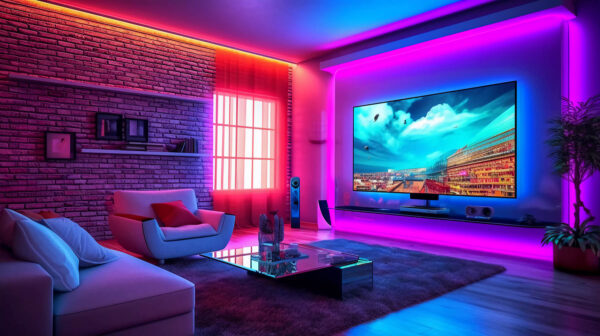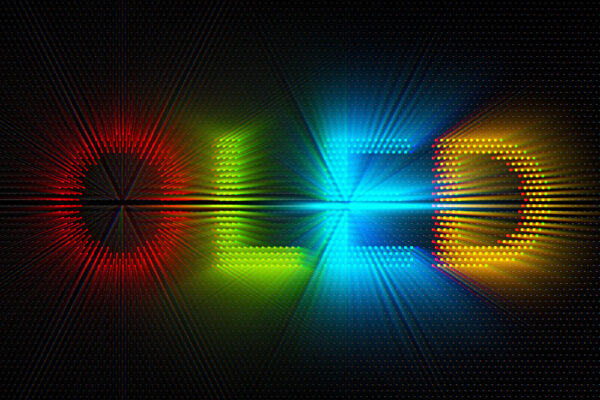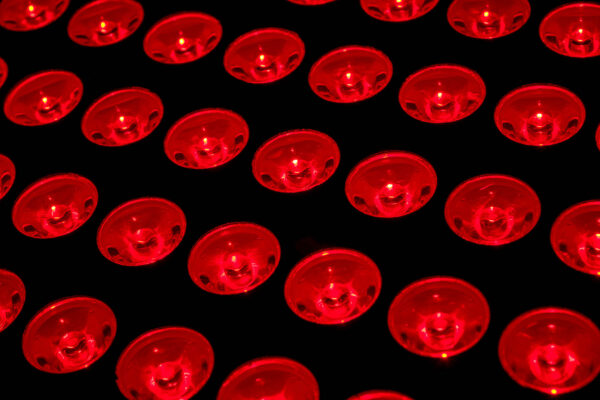As LED lighting becomes the dominant source of illumination in homes, workplaces, and public spaces, its impact on public health has become an essential topic of discussion. While LEDs are known for their energy efficiency and long lifespan, their influence extends beyond cost savings—affecting human health, safety, and the environment in profound ways. Understanding these effects can help individuals, businesses, and policymakers make informed decisions about lighting solutions that enhance well-being.
How LED Lighting Affects Circadian Rhythms
One of the most well-documented effects of LED lighting on public health is its impact on circadian rhythms. Our body’s internal clock is highly sensitive to light, particularly blue light, which is abundant in many LED sources. Exposure to blue light in the evening can suppress melatonin production, making it harder to fall asleep and potentially leading to long-term sleep disturbances.
However, LED technology has evolved to address these concerns. Warmer LED lighting with reduced blue light content is now available, helping to maintain a healthy sleep-wake cycle. In homes, using dimmable and warmer-toned LEDs in the evening can support better sleep hygiene. In public spaces, adaptive street lighting that adjusts color temperature based on the time of day can help mitigate negative effects on sleep patterns.
Improving Public Safety with LED Street Lighting
LED street lighting plays a critical role in enhancing public safety. Well-lit streets and public areas reduce crime rates and improve visibility for drivers and pedestrians, helping to prevent accidents. The crisp, clear light produced by LEDs enhances depth perception and reaction time, making roads safer at night.
Beyond safety, modern LED streetlights are designed to minimize glare and reduce excessive light pollution, addressing concerns about overexposure to artificial light in urban environments. Municipalities transitioning to LED street lighting benefit from both increased security and lower energy consumption, making it a win-win for public health and sustainability.
LED Lighting in Workplaces: Enhancing Productivity and Well-being
Proper lighting in workplaces is essential for employee health and productivity. Poor lighting can lead to eye strain, headaches, and fatigue, reducing efficiency and increasing the risk of errors. LED lighting provides bright, consistent illumination that minimizes these issues.
Advanced LED systems can also mimic natural daylight, which has been shown to improve mood, focus, and overall well-being. Many modern offices now incorporate tunable white LED lighting, which adjusts throughout the day to align with natural circadian rhythms, helping employees stay alert during working hours and unwind as the day progresses.
Environmental Health Benefits of LED Lighting
Beyond direct human health benefits, LED lighting contributes to broader environmental health improvements. Compared to traditional incandescent or fluorescent bulbs, LEDs consume significantly less energy, reducing greenhouse gas emissions and lowering dependence on fossil fuels. This shift has a direct impact on air quality and climate change—both of which influence public health on a global scale.
Additionally, LEDs do not contain hazardous materials like mercury, which is commonly found in compact fluorescent lamps (CFLs). This makes LED lighting safer to manufacture, use, and dispose of, reducing toxic waste in landfills and minimizing potential health risks associated with exposure to harmful chemicals.
LED Lighting and Sleep Quality: Finding the Right Balance
While excessive exposure to blue light from LED screens and lighting can negatively impact sleep, strategic use of LED lighting can also improve sleep quality. Bright, cool-toned lighting in the morning helps signal the body to wake up and stay alert, while warmer, dimmer lighting in the evening can encourage relaxation and melatonin production.
Smart LED lighting systems allow users to automate lighting changes throughout the day, aligning indoor environments with natural light cycles. This technology is particularly beneficial in hospitals, elder care facilities, and workplaces, where optimizing lighting can support better sleep patterns and overall health.
Navigating the Future of LED Lighting and Public Health
The widespread adoption of LED lighting presents both challenges and opportunities for public health. By understanding how lighting affects circadian rhythms, workplace well-being, public safety, and environmental health, we can make informed choices that maximize benefits while minimizing risks.
As LED technology continues to advance, innovations in adaptive lighting, reduced blue-light emissions, and smart controls will play a crucial role in optimizing health outcomes. Whether in homes, offices, or city streets, responsible LED lighting design can help create healthier, safer, and more sustainable environments for everyone.




